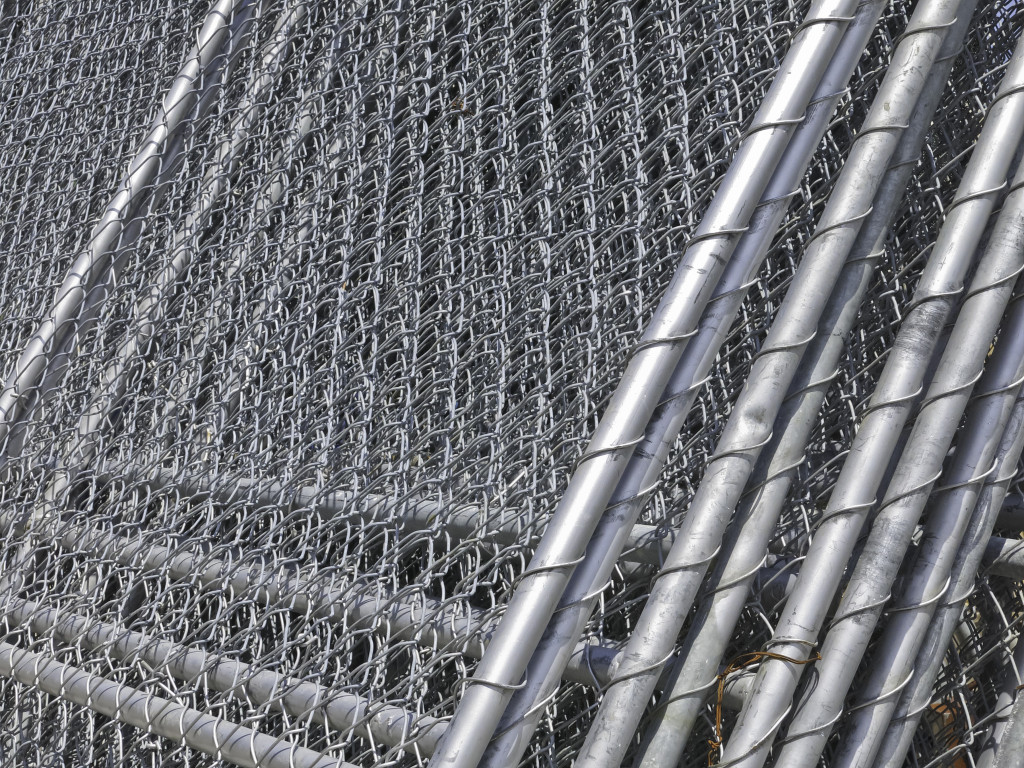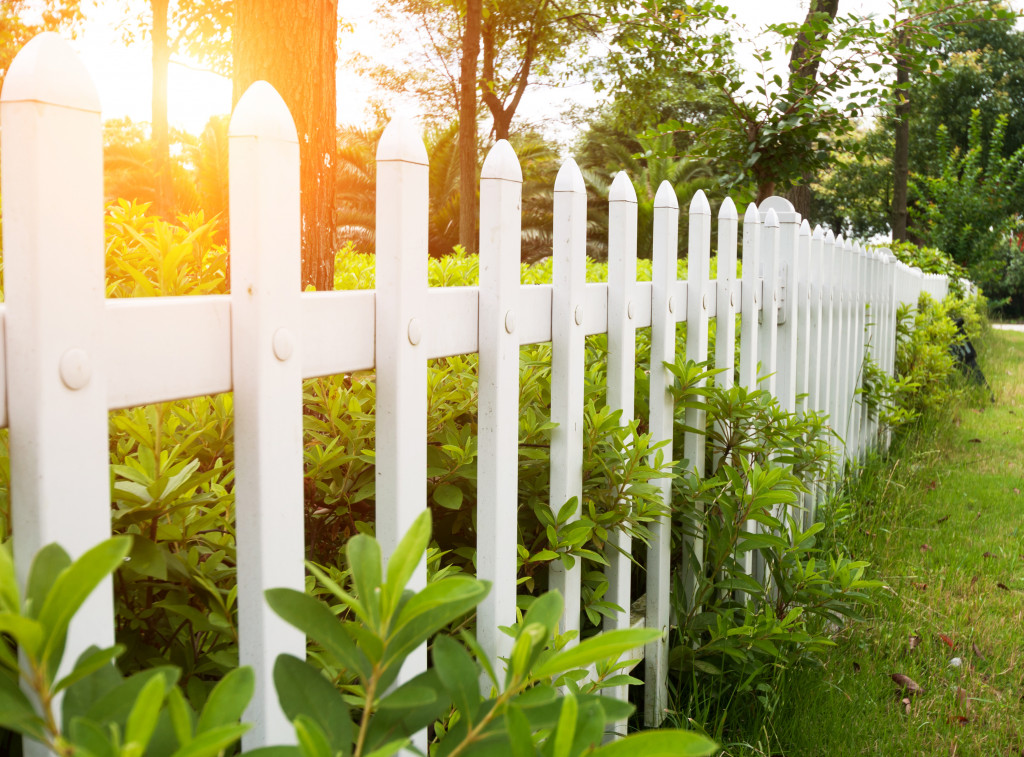Building a fence around your backyard can significantly improve your home’s security and privacy. But before you start shopping for fencing materials, there are a few things you need to know. This article will discuss everything from choosing the right type of fence to getting the necessary permits. So whether you’re looking to add a bit of extra privacy to your backyard or want to keep your pets safe, read on for everything you need to know about adding fences to your home.
The different types of fences available

When it comes to securing your backyard, you have a variety of options to choose from. Starting with privacy, you may opt for solid-paneled wooden fences or ones made of heavy-duty vinyl material. Each offers durability and insulation against curious eyes. If keeping predators or straying animals out is more important, chain link fencing provides a strong enclosure while allowing airflow and sunlight.
On the other hand, picket fencing allows passersby a view of your beautiful outdoor setup but may not be as effective at containing a pet or keeping nosy visitors away. You may also opt for customized pre-cast concrete fencing to get a tasteful look without sacrificing safety. Ultimately, the kind of fence best suited for your needs depends mainly on the size of your yard and desired usage.
The average cost of each type
There are several types of fences available to choose from when calculating the cost of your backyard. Chain link is usually the least expensive option, though it is also less aesthetically pleasing but can provide quick and budget-friendly security. Wood and vinyl are typically more costly but are often chosen for their stylish appeal and durability.
If you want an even more decorative touch, wrought iron or aluminum may be a good fit, but it tends to come with a larger price tag. Ultimately, how much you spend on a fence depends on what type of material you want and how big your backyard area is. Consider installation costs and materials needed to complete the job when choosing a fencing type that fits your budget.
The benefits and drawbacks of each type
When it comes to increasing the security and safety of your backyard, fence choices can be critical. Different fences have advantages and disadvantages that need to be weighed before making a purchase. A picket fence, for example, offers a quaint charm that some homeowners desire, but its low height means it might offer little security.
On the other hand, bamboo or cane fencing is nearly impossible to climb over and isn’t limited by age like wooden options. Regardless of which fence you choose, bear in mind that it will provide an invisible boundary and become part of the ambiance of your property. Weighing the pros and cons of each type available carefully can help you decide which will best suit the needs of your home’s outdoor area.
How to choose the right type
When selecting a fence for your backyard, you must assess your needs and determine what you’re trying to accomplish with the fence. You might be looking for added privacy or safety, defining boundaries, keeping animals contained, improving curb appeal, or creating different living spaces in your yard.
Choose a material based on the style of your home, the amount of time and effort needed for upkeep, and, if desired, the amount of visibility the fence should provide. With so many possible options such as vinyl, chain link, wood, or aluminum – each comes with specific benefits – researching beforehand is key to finding a fitting solution for your needs.
The installation process for each type
Installing a fence in your backyard can be daunting, but it doesn’t have to be. The process can vary greatly depending on the type of fence you choose. For instance, installing a chain-link fence is often considered the easiest part of the job since all that’s required is using steel posts to secure the mesh and fasten it into place.
Composite fences are also relatively easy to install if you have all the necessary materials – they require no painting or staining. They are available with pre-made panels that snap together quickly. While wood fences might create an appealing atmosphere, installation requires more work, as each post must be securely cemented.
How to maintain your fence in tip-top shape
Maintaining your fence in tip-top shape is an essential part of having a safe, attractive property. Start by checking for signs of wear and tear to get the most out of your fence. Look for rotting boards or posts, and check beneath the top layer of paint or stain.
Once you’ve evaluated the condition of your fence, go ahead and make any necessary repairs. Filling cracks with wood glue and tightening loose screws are two easy maintenance tasks to help keep it in good condition over time. Finally, consider resealing or painting your fence every few years, so that dirt, mold, and decay don’t have a chance to set in.
Now that you’ve learned all there is to know about fences, you’re ready to add one to your backyard. With this information in mind, you’ll be able to find and install the perfect fence for your home. Don’t forget – once you have your fence installed, regularly maintain it, so it stays in tip-top shape!



